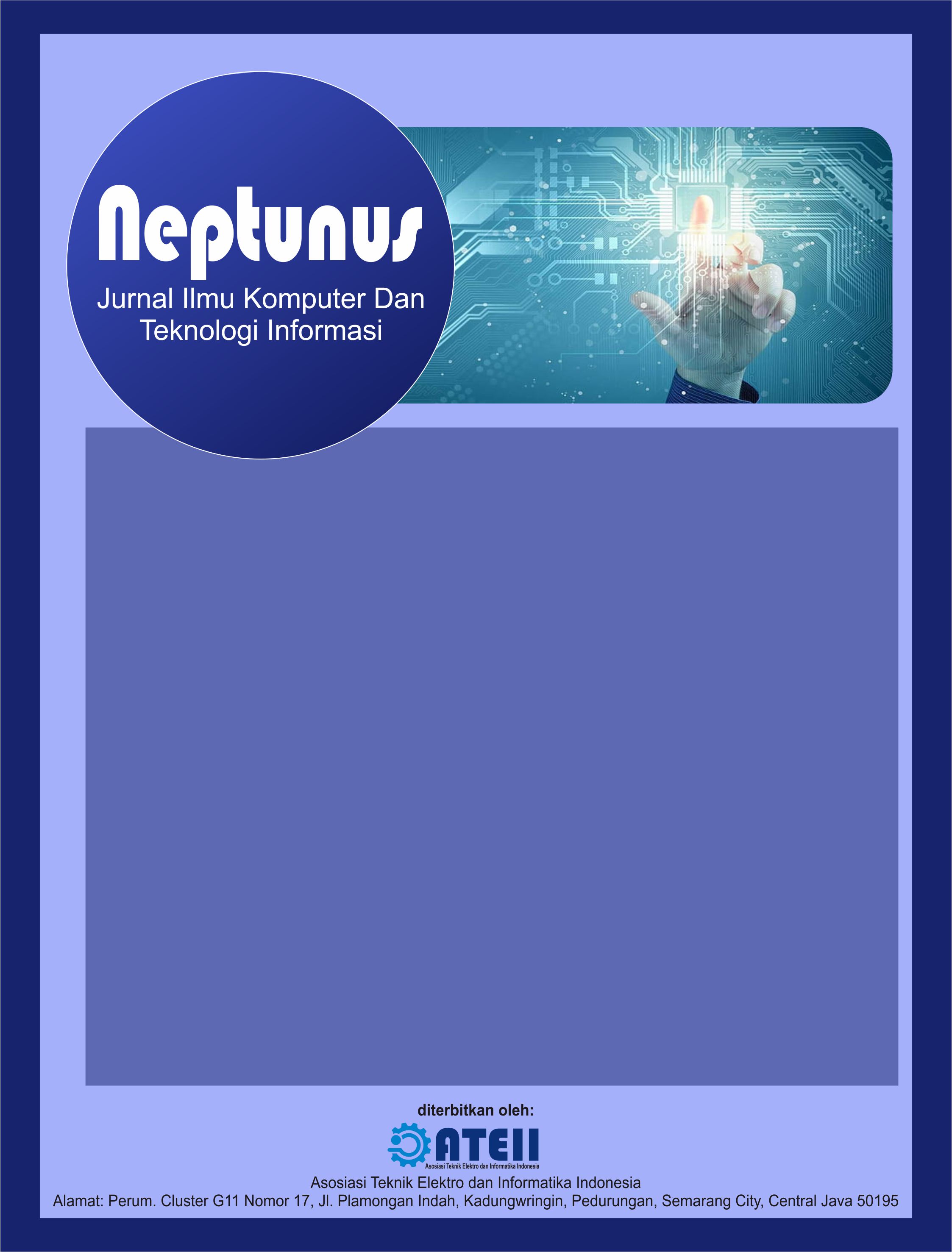Analisis Interaksi Lingkungan dan Genetik Menggunakan Metode Komputasi
DOI:
https://doi.org/10.61132/neptunus.v3i2.763Keywords:
Genetic-Environment Interaction, Computational Methods, Machine Learning, Data VisualizationAbstract
The interaction between genetic and environmental factors plays a crucial role in determining phenotypic traits in organisms. This study aims to analyze these interactions using computational approaches, including statistical models and machine learning algorithms. The data used include genetic factors (genotypes) and simulated environmental factors. Results indicate that machine learning models such as Random Forest can detect interaction patterns with high accuracy, as demonstrated by significant R² values. Additionally, heatmap visualizations provide deeper insights into the non-linear effects of genetic-environment interactions. This study highlights the potential of computational methods in exploring complex interactions, with broad applications in health, agriculture, and biotechnology.
References
] S. Arciniegas-Alarcón, M. García-Peña, and P. Canas Rodrigues, "New multiple imputation methods for genotype-by-environment data that combine singular value decomposition and Jackknife resampling or weighting schemes," Computers and Electronics in Agriculture, vol. 176, Apr. 2020, Art. no. 105617. doi: 10.1016/j.compag.2020.105617.
M. Çalışkan et al., "Genetic and Epigenetic Fine Mapping of Complex Trait Associated Loci in the Human Liver," American Journal of Human Genetics, vol. 105, no. 1, pp. 89–107, 2019. doi: 10.1016/j.ajhg.2019.05.010.
L. M. Chavarría-Perez et al., "Improving yield and fruit quality traits in sweet passion fruit: Evidence for genotype by environment interaction and selection of promising genotypes," PLoS ONE, vol. 15, no. 5, pp. 1–20, 2020. doi: 10.1371/journal.pone.0232818.
C. Feng et al., "Effect of gene–gene and gene–environment interaction on the risk of first-ever stroke and poststroke death," Molecular Genetics and Genomic Medicine, vol. 7, no. 8, pp. 1–14, 2019. doi: 10.1002/mgg3.846.
C. Grazian and Y. Fan, "A review of approximate Bayesian computation methods via density estimation: Inference for simulator-models," Wiley Interdisciplinary Reviews: Computational Statistics, vol. 12, no. 4, pp. 1–30, 2020. doi: 10.1002/wics.1486.
M. Kerin and J. Marchini, "A non-linear regression method for estimation of gene-environment heritability," Bioinformatics, vol. 36, no. 24, pp. 5632–5639, 2020. doi: 10.1093/bioinformatics/btaa1079.
M. P. Koentjoro and E. N. Prasetyo, "Bioinformatika sebagai Metode Awal Analisis Prekursor Peptidoglikan Endopeptidase pada Mycobacterium tuberculosis," Prosiding Seminar Nasional Teknologi Dan Sains, vol. 1, no. 18, pp. 41–50, Sep. 2019.
J. H. Moore et al., "How computational thought experiments can improve our understanding of the genetic architecture of common human diseases," in ALIFE 2018 - 2018 Conference on Artificial Life: Beyond AI, 2018, pp. 23–30. doi: 10.1162/isal_a_00012.
J. B. Torres, "Race, Rare Genetic Variants, and the Science of Human Difference in the Post-Genomic Age," Transforming Anthropology, vol. 27, no. 1, pp. 37–49, 2019. doi: 10.1111/traa.12144.
M. Wu and S. Ma, "Robust genetic interaction analysis," Briefings in Bioinformatics, vol. 20, no. 2, pp. 624–637, 2019. doi: 10.1093/bib/bby033.
Z. Yao, J. Zhang, and X. Zou, "A general index for linear and nonlinear correlations for high dimensional genomic data," BMC Genomics, vol. 21, no. 1, pp. 1–14, 2020. doi: 10.1186/s12864-020-07246-x.
M. Zhou et al., "Bolt-Ssi: a Statistical Approach To Screening Interaction Effects for Ultra-High Dimensional Data," Statistica Sinica, vol. 33, no. 4, pp. 2327–2358, 2023. doi: 10.5705/ss.202020.0498.
Downloads
Published
How to Cite
Issue
Section
License
Copyright (c) 2025 Neptunus: Jurnal Ilmu Komputer Dan Teknologi Informasi

This work is licensed under a Creative Commons Attribution-ShareAlike 4.0 International License.





